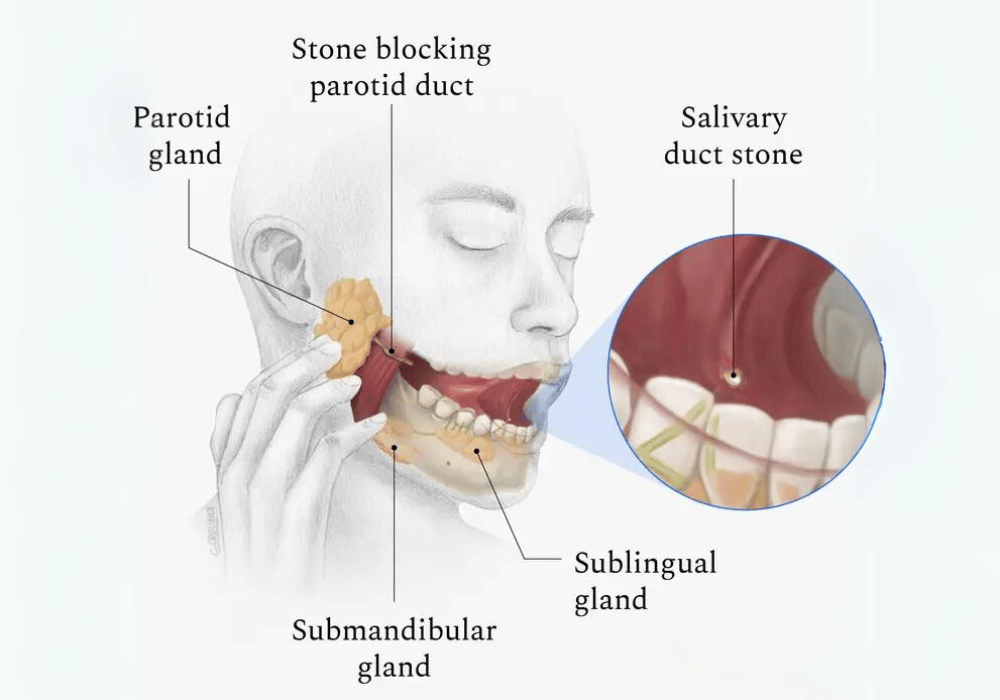- Home
- Our Services
- Orthognathic Surgery
- Facial Deformity Correction
- Facial Asymmetry
- Oral Cancer
- Facial Reconstruction
- Microvascular Reconstruction Of Jaw Bones And Facial Soft Tissues
- Facial Trauma Services
- Temporomandibular Joint(TMJ) Disorders
- Congenital Facial Deformities
- Salivary Gland Disorders
- Facial Cosmetics Surgeries
- Management Of Sleep Apnea
- About Us
- Our Doctors
- Associated Hospitals
- Fellowship
- Home
- Our Services
- Orthognathic Surgery
- Facial Deformity Correction
- Facial Asymmetry
- Oral Cancer
- Facial Reconstruction
- Microvascular Reconstruction Of Jaw Bones And Facial Soft Tissues
- Facial Trauma Services
- Temporomandibular Joint(TMJ) Disorders
- Congenital Facial Deformities
- Salivary Gland Disorders
- Facial Cosmetics Surgeries
- Management Of Sleep Apnea
- About Us
- Our Doctors
- Associated Hospitals
- Fellowship
- Contact Us




